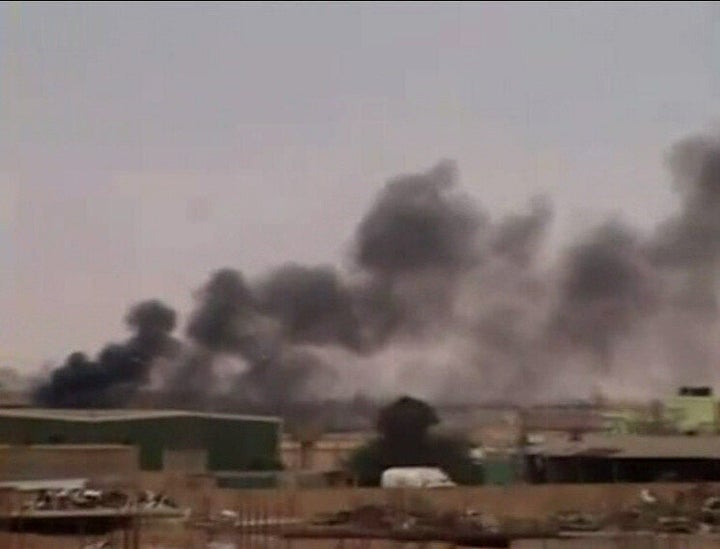
There are basically two "ideal" types of military operations -- irregular warfare fought by guerrillas and terrorists on the small-unit level and regular force-on-force engagement drawing on the employment of combined arms. Because these are ideal types, most wars are a mixture of the two. Mao, for example, famously utilized a style of warfare that would begin with irregular warfare and culminate in mobile operations.
For thinkers looking at the future of warfare, Libya's "Toyota warfare" is an important data point suggesting a future in which conventional operations and skills remain important. However, these conventional operations will not be really recognizable to most Fulda Gap-fed soldiers and military analysts. Conventional operations are far more flexible in form than most think.
The end of World War I and the entirety of World War II set the pattern for what we think of as modern conventional operations. Massive armies utilizing infantry, armor and airpower in a (ideally) synchronized team destroyed the enemy through a combination of maneuver and attrition. By the end of World War II, all land combatants still left in the game were at least basically competent in combined arms-driven conventional operations.
1918-1945 defined modern conventional warfare's basic structure, although the introduction of various innovations such as missile warfare, airmobility and air assault, deep helicopter strikes and the Gulf War-style "parallel warfare" air campaign have substantially altered it. There is also a case to be made for an information-based revolution in military affairs (RMA), although this argument is certainly controversial among military analysts.
The problem with this template is that our definitions of terms such as "conventional" or "combined arms" are essentially static. Combined arms warfare has been around in various forms since Roman times, but to many combined arms will always equal infantry, artillery, armor, and airpower working together. It makes more sense, as Archer Jones does, to think of a series of basic weapon systems that repeat themselves in various forms throughout history. Furthermore, we should not confuse conventional warfare with a modern conventional Eurasian force -- many conflicts since 1945 have been fought with grossly underpowered Third World conventional forces armed with superpower leftovers.
Rusting Soviet hardware isn't the only source of military power for weaker forces. As William F. Owen has argued, armies can cobble together makeshift combined arms options with off-the-shelf technology and capabilities. This does not negate the importance of discipline, training and a properly integrated weapons mix. But it does mean that the methods by which the force uses combined arms can be as flexible as the situation and resources dictate.
Just because many developed states are pricing themselves out of modern capabilities does not mean that aspiring conventional forces in the Third World need imitate them. Charlie Sheen might declare himself an F-18, but tinpot dictators like Muammar Gaddafi don't need one -- firepower and disciplined men who know how to fire and maneuver are enough to handle the rag-tag opposition even under the threat of NATO airstrikes.
Owen makes a persuasive point that history shows -- from the Boer War to the first Russian incursion into Chechnya -- that underpowered forces can defeat numerically and technologically superior conventional armies on the tactical level. Given the right terrain, discipline and usage of weapons these forces can punch well above their weight. However, there are limits to what a ragtag "Toyota Horde" can accomplish. The largely conventional Tamil Tigers, for example, were isolated from their sources of foreign support and wiped out by aggressive Sri Lankan forces. Saddam Hussein's attempts to use the Fedayeen as a paramilitary fighting force in 2003 had no real strategic effect on the Coalition forces crushing Iraq's military.
The flexibility of conventional warfare has practical as well as theoretical implications. It suggests that middle or "hinge" powers (as long as they understand the limitations of their paltry forces) could make better defense investments without trying to imitate great power militaries. Additionally, without training, organization and leadership weapons are simply dead weight -- a cruel truth that the Libyan rebels are currently discovering. There are implications for conventional forces as well in that "combined arms" capabilities will evolve with new weapons and forms of organization as well as resource constraints. Lastly, internal wars or Third World wars fought using the aging vestiges of Cold War-era equipment are likely to continue as long as fear, honor and interest motivate men and (increasingly) women to take the field.